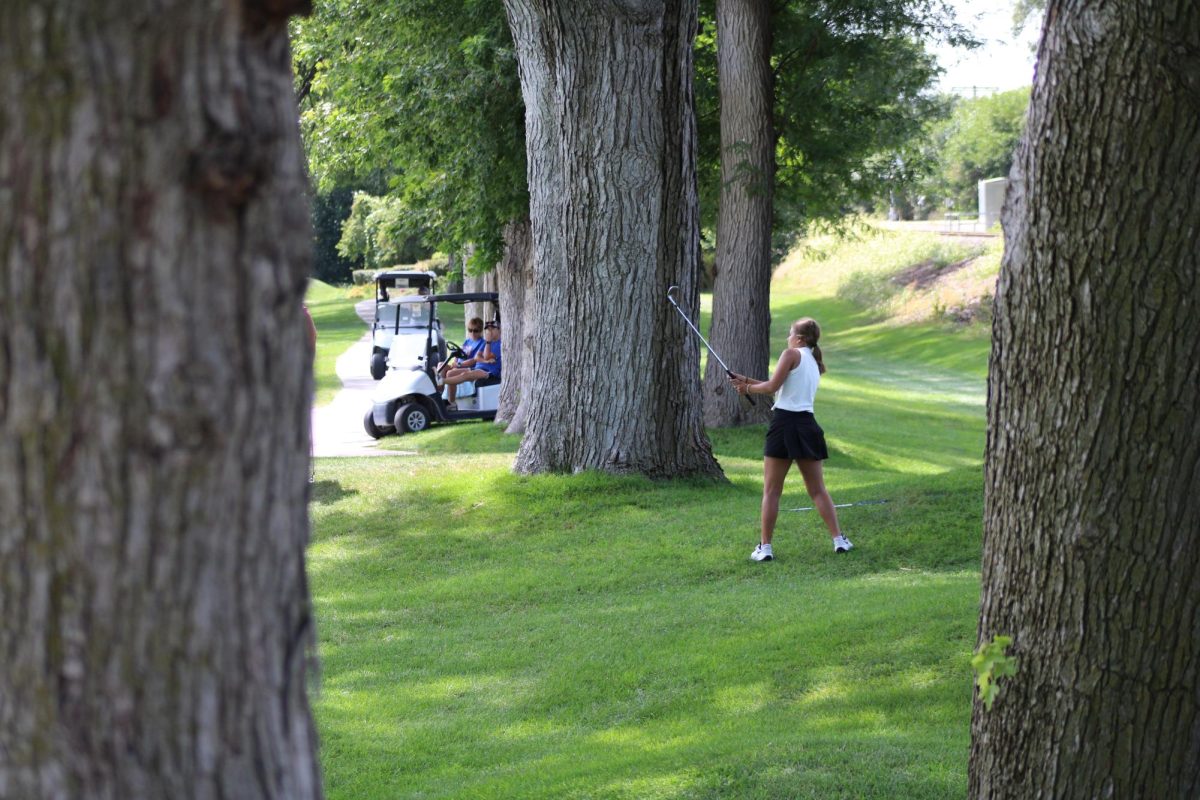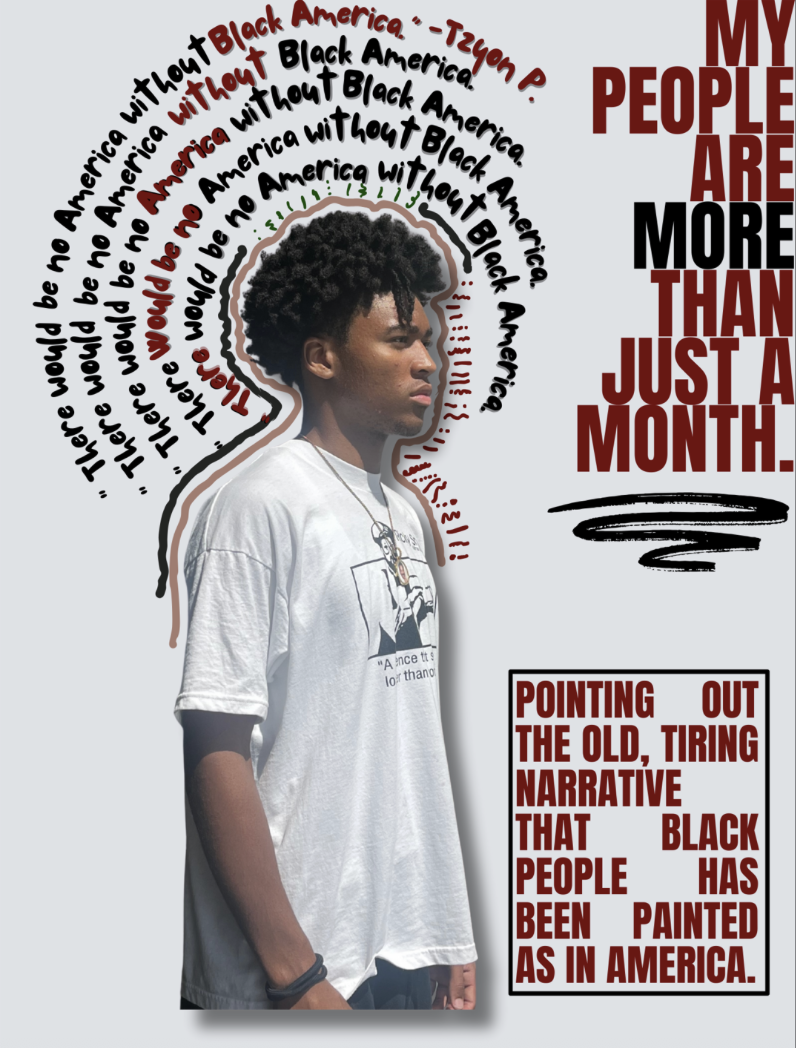The act of declawing cats is a common procedure that veterinarians have used for decades. However, many cat owners — such as myself — think this practice is unethical and should be banned from animal healthcare.
For my entire life, I have been around and loved cats. My family and I own two of these curious creatures, Phil and Phoebe. Both still have all of their claws.
Before conducting research, I thought declawing cats was a safe and harm-free solution to scratching and aggression problems. However, after learning about how horrible the aftermath is for cats who are forced to undergo this practice, my opinion has changed quite a bit.
According to the Humane Society of the United States, “declawing can cause paw pain, back pain, infection, tissue necrosis (tissue death) and lameness.” Furthermore, cats can suffer nerve damage and bone spurs if their claws grow back from an incorrectly done surgery.
Additionally, according to the Society for the Prevention of Cruelty to Animals, “declawed cats are more likely to develop behavioral problems than cats who have not undergone the surgery.” According to the same article, studies show that the frequency of bites and litter box problems increases after cats undergo the procedure.
Sometimes, even the owners who initiate the declawing in the first place betray their own pets. According to the Wisconsin Humane Society, “When a dramatic temperament or behavior change occurs, the cat guardian often decides to relinquish their cat or have him or her euthanized by a veterinarian.” By returning or having their cats be put down, they are punishing their pets for the consequences of their own actions.
Overall, if there are so many reasons as to why declawing does way more harm than good for cats, why do people still do it?
According to the American Veterinary Medical Association, many people declaw cats when “a cat’s excessive or inappropriate scratching behavior causes an unacceptable risk of injury.”
Even though scratching can be a frustrating issue to deal with, helpful alternatives prevent long-term damages to cats. Cat owners should utilize scratching posts and train them to use it to avoid declawing, as they can still scratch whenever they please without damaging important household items.
Furthermore, doing regular claw trimmings is a great way to put a stop to unwanted scratching without injuring cats. My family did this with our cats every few weeks until we got them scratching posts, which they have come to use and love.
According to the Hamilton Road Animal Hospital, another reason why people declaw their cats is to not get scratched anymore. Although cat scratches can hurt — I know from experience — it’s no excuse to get rid of a cat’s natural defense. They have their claws for a reason, and a person taking them away because they didn’t do a quick Google search on normal cat behaviors is beyond ignorant and incompetent.
Owning cats can be hard, but it’s no excuse to alter an animal’s biological defense (and potentially causing life-long pain and discomfort) at the expense of a few chairs. Before making a change as serious as declawing to a living being, it’s important to do research from official sources and listen to trusted professionals.



























